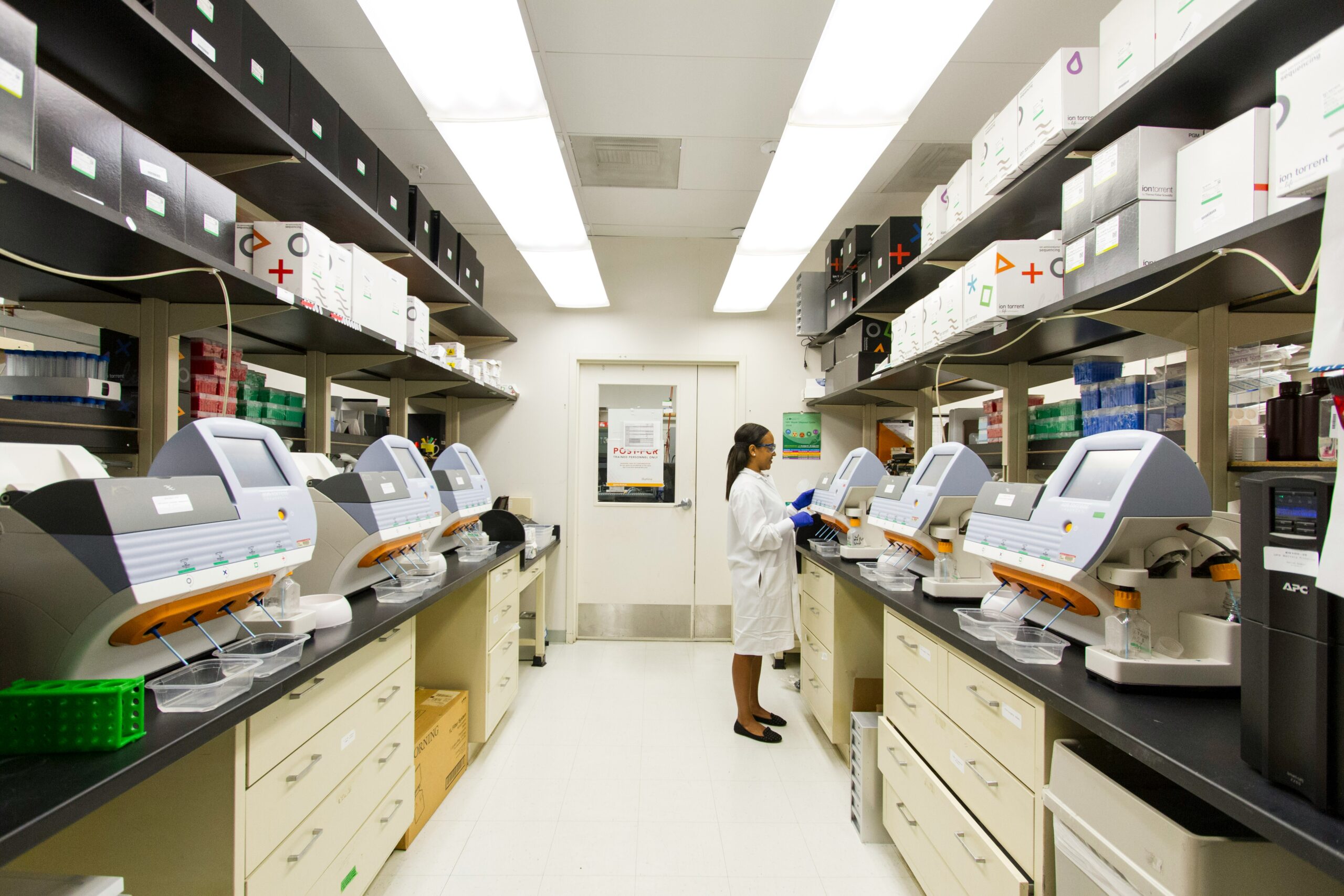Three Decades of Rural Health Research and a Bumper Crop of Insights from South Africa
In 1992 a group of academics from the University of the Witwatersrand introduced a health and socio-demographic surveillance system in remote, rural South Africa to track and understand health and wellbeing in these environments. This initiative built on pioneering work by a Wits team to establish a health systems development unit in a typical rural setting. Agincourt, in the Bushbuckridge district in rural north-eastern South Africa adjacent to Mozambique, was a microcosm of the neglected health and socioeconomic systems in rural areas during apartheid.
The Agincourt research center now covers some 31 villages and 120,000 people. It is one of the longest-running research centers of its kind in sub-Saharan Africa, attracting multidisciplinary scholars and researchers from around the world. The scale of data collection has led to groundbreaking research in many fields, including genomics, HIV/Aids, cardiovascular conditions and stroke, cognition and aging. Stephen Tollman and Kathleen Kahn talk to Nadine Dreyer about what makes this Wits and Medical Research Council Unit different, particularly its focus on health and aging.

Why is this work so important?
Before the end of apartheid in 1994, healthcare provision was skewed towards a minority population who represented only 13 percent of the country’s people. Healthcare for the majority of South Africans was woefully neglected.
As academics focusing on public health we wanted to understand rural South Africa, the people living away from the hospital, away from the train line, away from the supermarket or the town. Key to this was establishing a relationship of mutual trust and understanding between ourselves and those communities.
Drawing on early experiences with community-oriented primary care, we resolved to establish a longitudinal research and development platform. Today it covers some 31 villages in the Bushbuckridge area 500 kilometers from Johannesburg. This involved recording every member of every household – residents and temporary migrants.
We gathered valuable data on age, sex and gender, household type and income – producing a robust population “denominator.” To better understand evolving population dynamics, local field staff walked house-to-house, meeting residents and recording data on vital events: who is born, who dies, who moves. In other words, births, deaths and migrations.
We apply a simple concept called “person-years.” At baseline, and with their consent, a person is enrolled. After five years, the person will have been there for five “person-years”. Given a population of some 120,000 people, all followed up (including labor migrants) over 30 years, we can analyze and interpret data in a way that is not really possible with one-off, cross-sectional studies.
Today, the data generated over the past couple of decades is enabling work that was not possible in the early years.
In 2013 a project was launched to focus on aging. Why?
Health and Aging in Africa: Longitudinal Studies in South Africa (Haalsa) was started to build understanding of the social, economic, biological, behavioral and mental health features that characterize rural people aged 40 years and above.
Ageing is not only about old people; it starts at birth, even earlier, because experiences at key periods influence a person’s life.
Some time ago, we noticed a reversal in mortality was under way. People were dying at a younger age during the height of the HIV/Aids epidemic.
For women living in Agincourt, life expectancy dropped from about 74 years in 1993 to around 57 years in 2005, a loss of 17 years. For men, it dropped from about 68 years in 1993 to 50 years in 2007.
As a result, fostering orphans became a norm. The importance of the older generation – especially of women – stood out. Far from seeing older adults as simply requiring healthcare and support in their later years, it became clear that older rural women played fundamental roles in childcare and household food security.
Of course men were involved too, but because of the way in which apartheid was engineered, women were generally expected to remain in the rural reserves while men migrated to work in the mines and cities.
What makes research in Agincourt so interesting and relevant is the rapidly changing socio-economic profile of the area.
Today we see an increase in life expectancy thanks largely to the widespread uptake of antiretroviral therapies for HIV/Aids. For women, life expectancy had returned to around 70 years by 2013. For men it had increased to around 61 years by 2013.
This means that South Africa is also a “greying society” and more people face an increased risk of developing multiple chronic conditions along with cognitive impairment associated with growing older.
The changes in older people kick in far earlier in situations of adversity. In all probability, signs of aging you might encounter in a 65-year-old in a high-income country would start to manifest in people aged 45 to 50 in situations of pervasive poverty.
What stands out when you look back over 30 years?
When Agincourt started, life was very different.
In the early 1990s when we worked in a small suite of offices at Tintswalo Hospital, there was simply a “wind-up” phone in the entrance to the unit. Now we’re all on email and using mobile phones.
Bushbuckridge has become the land of the shopping mall. Even a person living in what previously was talked about as a deep rural area can now easily reach a mall by taxi or walking.
The pace of social change has been extraordinary.
There’s tremendous poverty. But people are spending money. Some of it may be on credit, some may be earned income or from other sources.
The proportion of households with dwellings built with either brick or cement walls increased from 76% in 2001 to 98 percent in 2013. The use of electricity for lighting and cooking respectively increased from 69 percent and 4 percent of households in 2001 to 96 percent and 50 percent of households in 2013.
Migrant labor today involves large numbers of women, especially younger adults.
Our research identified a high prevalence of HIV/Aids among older people. As a result we piloted a home-based testing option for middle-aged and older adults, with promising results.
We are seeing an association between formal education and cognition. At a population level, formal education protects against conditions like dementia later in life – an insight that is important in an area with historically poor educational opportunity and attainment.
Another surprising – and welcome – finding is that levels of hypertension are falling. This is especially encouraging because sub-Saharan Africa is in the midst of a profound health transition with infectious diseases paralleled by rapidly rising cardiometabolic conditions.
Despite all these changes, we’re still asking the question that’s guided us from the start: How do you build flourishing societies in a context where jobs are scarce, migrant labor is deeply embedded, but where aspirations and the desire to live a life of meaning are evident?

































































































